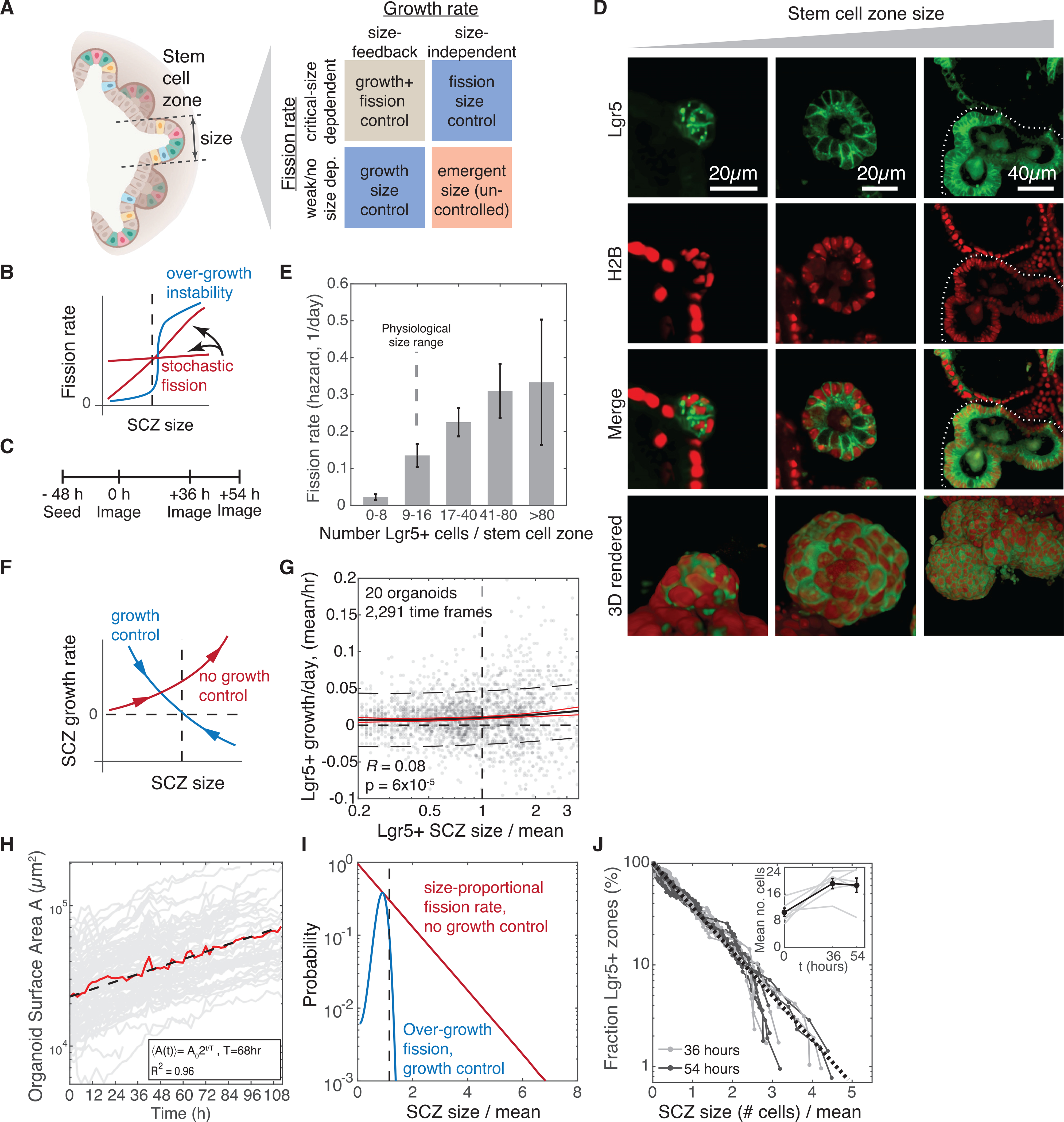Figure 2. ISCs in organoid cultures lack intrinsic size control.

(A) Classes of mechanisms by which Lgr5+ stem cell zones (SCZs) in culture could spontaneously acquire characteristic mean size: by reducing growth rates of large SCZs, triggering fission of large SCZs, or both.
(B) Schematic of a test for fission control by evaluating fission rates at different SCZ sizes. The dashed line indicates characteristic physiological size.
(C) Experimental schematic for measuring size-dependent SCZ fission rates. The same SCZs are tracked over 3 imaging time points to assess their initial size and whether they undergo fission. See Figure S2 and STAR Methods for SCZ size segmentation and calibration.
(D) Single z sections and 3D rendered projections of representative Lgr5+ SCZs varying from tens to several hundreds of cells. On the right, the dashed lines delineate the SCZ.
(E) Organoid SCZs are unstable to fission even at sizes that are normally stable in vivo (n = 74). Fission rates are calculated as the number of fission events of SCZs with initial size n1 < n < n2 prior to fission (indicated in the plot), divided by the recorded duration in which any organoid is of size n1 < n < n2. Error bars indicate SEM by error propagation of volume and sampling SEMs.
(F) Schematic of the test for SCZ size-dependent feedback control on net self-renewal rates of stem cells. Arrows indicate the mean dynamics associated with each case.
(G) Time series measurements of SCZ size in multiple organoids indicate a weak positive correlation between SCZ size and growth rate, ruling out intrinsic feedback growth control. n = 20 organoids, 2,291 time frames.
(H) The organoid surface area grows exponentially with a doubling time of 68 h, as determined by analyzing time series data from z stacks of H2B-mCherry-labeled organoids (n = 94).
(I) Predicted steady-state size distributions of SCZs under assumptions of size-dependent feedback (blue) or no size control of growth and fission rates (red). Curves show numerical PBE model solutions.
(J) Experimentally observed SCZ sizes are distributed exponentially at steady state, consistent with a model lacking growth and fission size control (n = 659 SCZs from 5 wells across 3 time points). Inset: average SCZ size.
